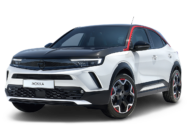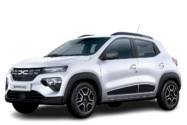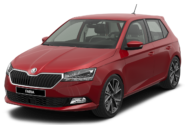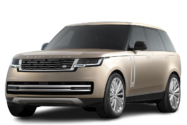DS 3 Crossback 1.5 BlueHDi diesel 4x2 automatic
2021
43%
4.0
10
Clean Air Index
5.8
10
Energy Efficiency Index
3.3
10
Greenhouse Gas Index
| Laboratory Tests | NMHC | NOX | NH3 | CO | PN | |
|---|---|---|---|---|---|---|
| 3.610 | Cold Test | |||||
| 5.710 | Warm Test | |||||
| 0.010 | Cold Ambient test | |||||
| 2.510 | Highway | |||||
| Road test | ||||||
| 6.310 | On-Road Drive | |||||
| 5.88 | On-Road Heavy Load | |||||
| 2.65 | On-Road Light Load | |||||
| 2.35 | On-Road Short Trip | |||||
| 0.02 | Congestion | |||||
| Robustness |
| Laboratory Tests | Energy | |||
|---|---|---|---|---|
| 6.910 | Cold Test | |||
| 7.210 | Warm Test | |||
| 4.910 | Cold Ambient test | |||
| 4.410 | Highway | |||
| Consumption | Driving Range | |||
| Average | 5.4l100 km | 845km | ||
| Worst-Case | 6.5l100 km | 665km | ||
| Greenhouse Gases | CO2 | N2O | CH4 | |
|---|---|---|---|---|
| 2.57 | Cold Test | |||
| 2.77 | Warm Test | |||
| 1.97 | Cold Ambient test | |||
| 2.37 | Highway |
Specifications
- Tested Car VR1UCYHZRKW13XXXX
- Publication Date 09 2021
- Vehicle Class Small SUV
- Emissions Class Euro 6d-Temp
- Tyres 215/60R17
- Mass 1,270 kg
- Engine Size 1,499 cc
- Engine Power/Torque 96 kW/300 Nm
- Published CO2 131 g/km








































































































































Our verdict
The DS 3 Crossback premiered at the 2018 Paris Motor Show and is sold with conventional combustion engines and as a pure electric. Here, the BlueHDi 100 1.5 litre turbocharged diesel variant is tested. Emissions management is controlled by an EGR system, selective catalytic reduction and a diesel particulate filter (DPF). The latter proves very effective, with low particulate emissions in all tests. Ammonia (NH3), an pollutant not regulated by legislation is less well controlled and points lost because of this lead to a model 4 score for the Clean Air Index. The DS 3 Crossback's strongest performance comes in Energy Efficiency, with a score of 5.8 but its average index, and therefore its star rating, suffers from a score of 3.3 for greenhouse gas emissions. CO2 emissions are not excessive but values of N2O are high in several of the tests. Overall, the DS 3 Crossback sits firmly in 2½-star territory.